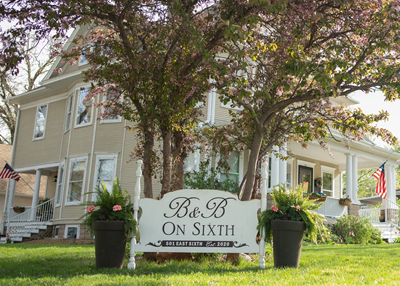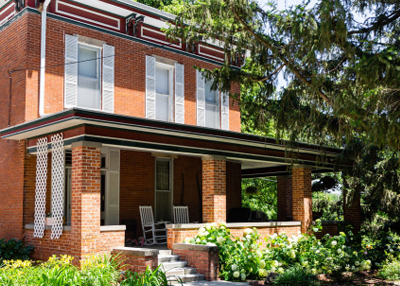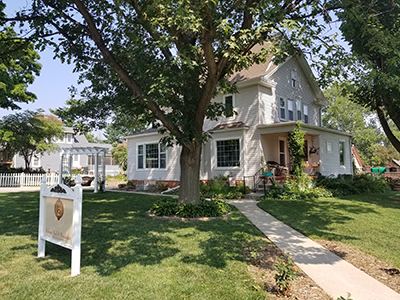Photo Credit: Nebraska Tourism
The South East Region
Cities within this Region
West
South Central
North Central
South East
Metro
North East
The South East Region
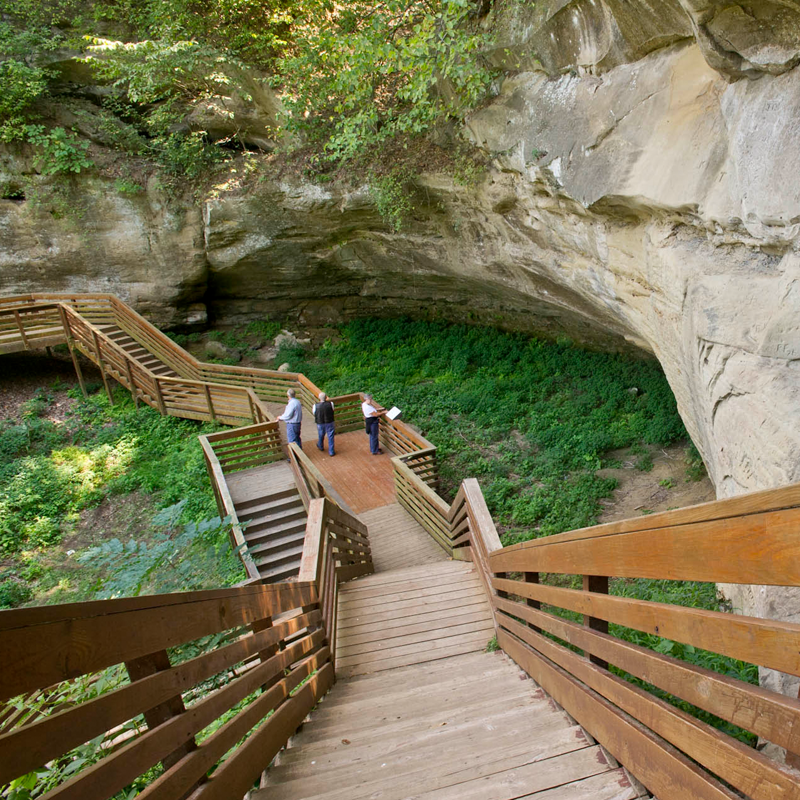
Photo Credit: Nebraska Tourism
With the Platte River to the north, the Missouri River to the east, and Interstate 80 running through the center, it is easy to see why the South East region of Nebraska has historically been important to westward migration. It is in this region that Lewis and Clark first stepped foot in modern day Nebraska. The Oregon and Mormon Trails passed through here, and indeed, wagon ruts are still visible in parts of this region. Some of Nebraska’s oldest towns are here, along with a rich Native American history. In fact, ancient petroglyphs dating back thousands of years can be seen at the Indian Cave State Park, south of Nemaha.
Pawnee City
Many of the buildings in Pawnee City’s downtown are on the National Register of Historic Places. Quaint antique shops abound, as do fine restaurants and more recent additions to Nebraska – wineries. While Beatrice is home to the Homestead National Monument of America. The award winning Homestead Heritage Center sits on over 100 acres of tallgrass prairie and has 2.5 miles of walking trails. A log cabin dating from 1867 is open to visitation, as is the Freeman School building – a reminder of the degree to which education was valued by the people who settled the frontier. Also in Beatrice is the Gage County Historical Society and Museum, in an old Burlington Railroad Depot Museum.
Humbolt’s Commercial Historic District
Humbolt’s Commercial Historic District buildings, on the National Register, surround the City Square Park. The City Square was recently revitalized with historic lighting, a painted mural that illustrates the history and heritage of Humboldt and with handicap accessible sidewalks.
Lewis & Clark Expedition
The Otoe People once thrived in this area of Nebraska, as did the Missouri Tribe. The Lewis and Clark Expedition encountered a village of about 500 Otoes and 300 Missouris by the mouth of the Platte River in 1804. Look for an old schoolhouse in Barneston; from 1875 to 1882 it was the Otoe Missouria Indian Mission School and was home to dozens of Otoe and Missouri children.
Nebraska City
Nebraska City was once a major river port along the Missouri River; freight wagons met steamboats here and hauled supplies across the Oxbow Trail to Fort Kearney. Today, Nebraska City is home to the Missouri River Basin Lewis and Clark Interpretive Trails and Visitors Center. See a life-size replica of the keelboat used by the expedition, and see where Meriweather Lewis collected some of his specimens. Also in Nebraska City is the Mayhew Cabin; built in 1850, it is the oldest known building in Nebraska. Today it is surrounded by a historical village, and is open for visitation.
Steamboat Trace Hiking Biking Trail
The Steamboat Trace Hiking Biking Trail, along an old Burlington-Northern rail line between Nebraska City and Brownville, is a great way to experience the scenic Missouri River country. Once in Brownville, check out the Brownville Village Theatre and the many restored old homes that are open to the public. Seven trails criss-cross through nearby Johnson County, once used extensively by Native Americans and early pioneers and settlers. Visitors today enjoy using them to travel between Nebraska City, Marysville, Beatrice, Tecumseh, Pawnee City, Brownville and Humbolt.
Featured Lodging
Stray from the Ordinary
Find a B&B or Unique Lodging online and look forward to a relaxing stay in Nebraska
Get In Touch
Send Us A Message
Call Us: 1-877-223-NABB (6222)
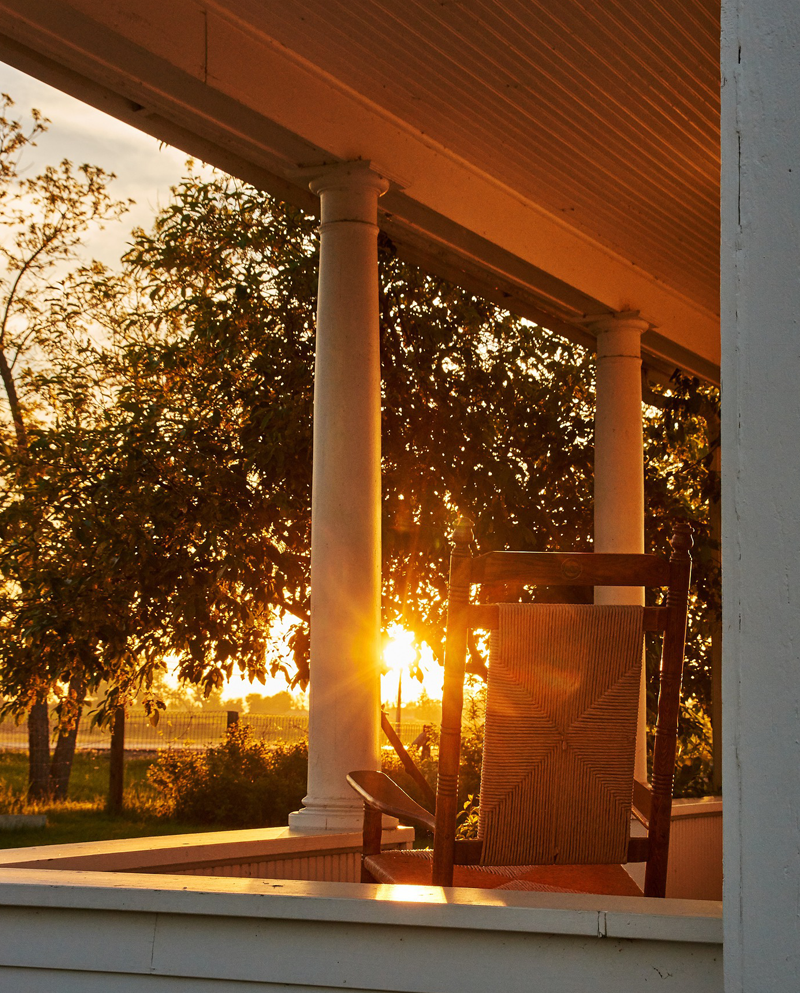
Stray from the Ordinary
Contact
877-223-6222
Social


